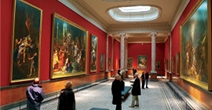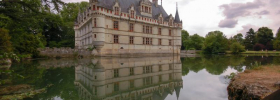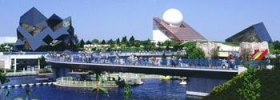 Home
Home- > Tours
- > Ile-de-France
- > Seine-et-Marne
- > Melun
- > Welcome in melun
Welcome in melun
| Topic | Sciences and discovery |
| Departure | MELUN (77) |
| Details | Melun, city centers of the agglomerationof Melun-Val de Seine includes more than 100.000 inhabitants. The city is also the head city of the department. With a good road network Melun is easily connected to all the cities of the south Seine-et-Loing area. |
Melun, historic city
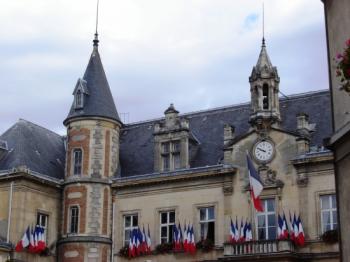
Come to visit the historical circuit in Melun.
This city dates back to 52 before JC (Melodunum).
Its modern name dates from the Life century (Latin Metlosedum).
Savinien and Saint Aspais preached in Melun at the IIIe century.
Melun, city centre of the Melun-Val of the Seine area includes more than 100.000 inhabitants.
It is also the head city of the district. With easy road connections, Melun join all the cities of the South Seine like Barbizon, Fontainebleau, Bourron-Marlotte, Egreville, Montigny sur Loing, Thomery or Moret-sur-Loing.
Accommodation nearby
The priory Saint-Sauveur
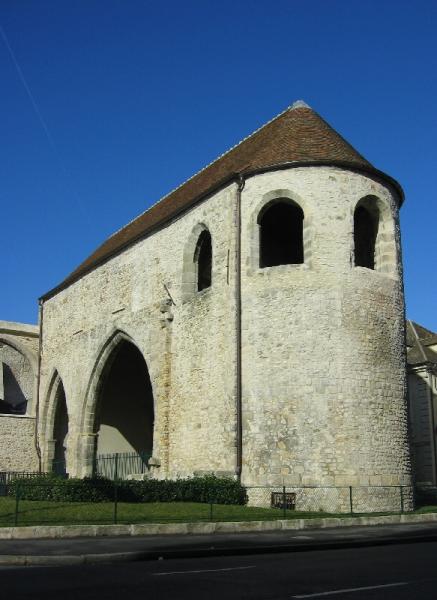
The foundation of the Saint-Sauveur Priory is dued to king Robert Le Pieux (970-1031) but the church and the crypt were built at the second part of the 10th century.
Louis VII gave the priory to Saint-Severin abbey of Chateau-Landon in 1170. Then begin the rich rebuilding period of the high parts of the church : the Gothic arches of the nave, the base of the posts of the cloister.
The financial help of the Saint-Severin abbey allows the rebuilding of the cloister as well as rehandlings and ornamentations in the nave during first part of the 16th century.
The historian E. Grésy evokes into 1840 frescos having the attributes of Diane of Poitiers and Catherine de Médicis on the vaults of the nave.
In 1690, the priory sheltered only than eight monks, attached to the Chapter of collegial Notre Dame. The place were closed down, part of the church became a salt barn which will be sold like National Property during the French Revolution.
Its two north spans were transformed into vaults dedicated to users of water, and destroyed during the new urban design of 1868.
The priory was then transformed by new owners into workshops and dwellings at the 19th century.
Vestiges of the church are released in 1974 by the Town council of Melun who bought the small area and rebuilt the estate.
Accommodation nearby
Notre-Dame Collegial church
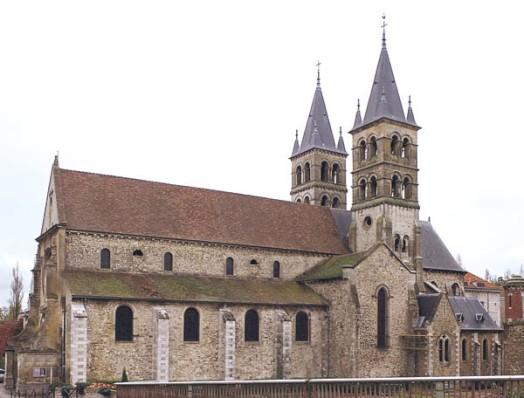
The collegial church is founded by king Robert le Pieux between 1016 and 1031 on the foundations of an old church.
The Roman parts are built in 1031, the nave, the sides, the transept and the base of the bell-towers. Twelve canons is settled there, ensuring the religious. The royal collegial take advantage of the generosity of the capetian kings who stayed frequently in the castle and other benefits from fairs.
Its history is marked by significant events such as funerals of king Philippe Ier, the Te Deum sung for king Henri IV, the general meeting of the french clergy and the visits of Louis XIII and Louis XIV.
The vaults in the double sides were destroyed in 1773 and the canons were dispersed with the french Revolution and the suppression of the ecclesiastical communities.
In 1844, the empty church was closed. A public lottery opened from 1851 to 1862 saved it from a destruction project allowing a complete restoration. But the air raids of the Second world war, blew the roof and destroyed almost all the old stained glasses.
Accommodation nearby
The crypt
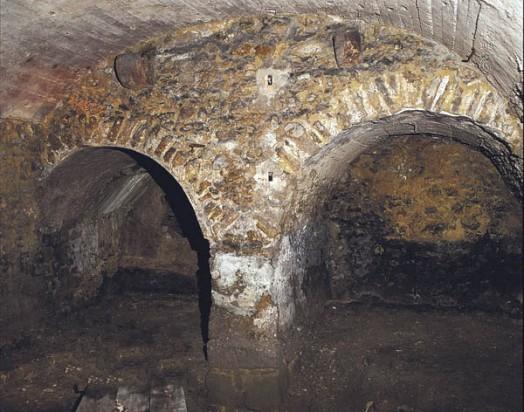
The crypt under the bedside of the church, is the oldest part of the building, as the archstones and narrow arcs.
Arched in half dome, it is contemporary of the capitals recently discovered. In the southern apse is a well arched in half dome.
Accommodation nearby
Castle Grüber
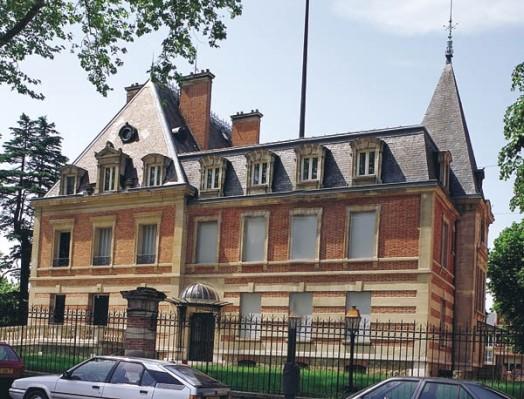
Cyrique Walter born in Haut-Rhin, founded the brewery in 1816.
The business is yielded in 1850 to the son-in-law of the Walters family, Frederic Barthel who modernizes the factory in Saint-Liesne. Then his widow gave a lot to charitable organizations.
After the war of 1870, David Grüber, a chemist disciple of Pasteur, transformed and modernized the new factory he founded near Strasbourg. After his death in 1880, his widow Mrs Sophie Grüber in charge of the managing lead it with intelligence and firmness.
She built an important factory in 1888 in the district of the railway station with very modern installations where the traditional manufacturing methods are preserved. His son Emile succeeded to her in 1892, then Paul in 1926. The factory employed three hundred people then, and the brewery was an important part of the daily life in the surrounding.
The first commercial fusion in 1944 entered the Grüber brewery in the Champigneulles group then in 1962 the BSN corporation absorbed it.
The objectives of regrouping involved the closing of the establishment then its demolition to make place with a program of residences. the Grüber castle was preserved by the family.
Accommodation nearby
Latest news on : Welcome in Melun
Tourism near
 Visit the city of Melun
Visit the city of Melun - 1 Museum
- 4 Monuments
Tours
 Seine-et-Marne : homes of princes, kings and emperors
Seine-et-Marne : homes of princes, kings and emperors
 The Middle Age circuit in Seine-et-Marne
The Middle Age circuit in Seine-et-Marne






















